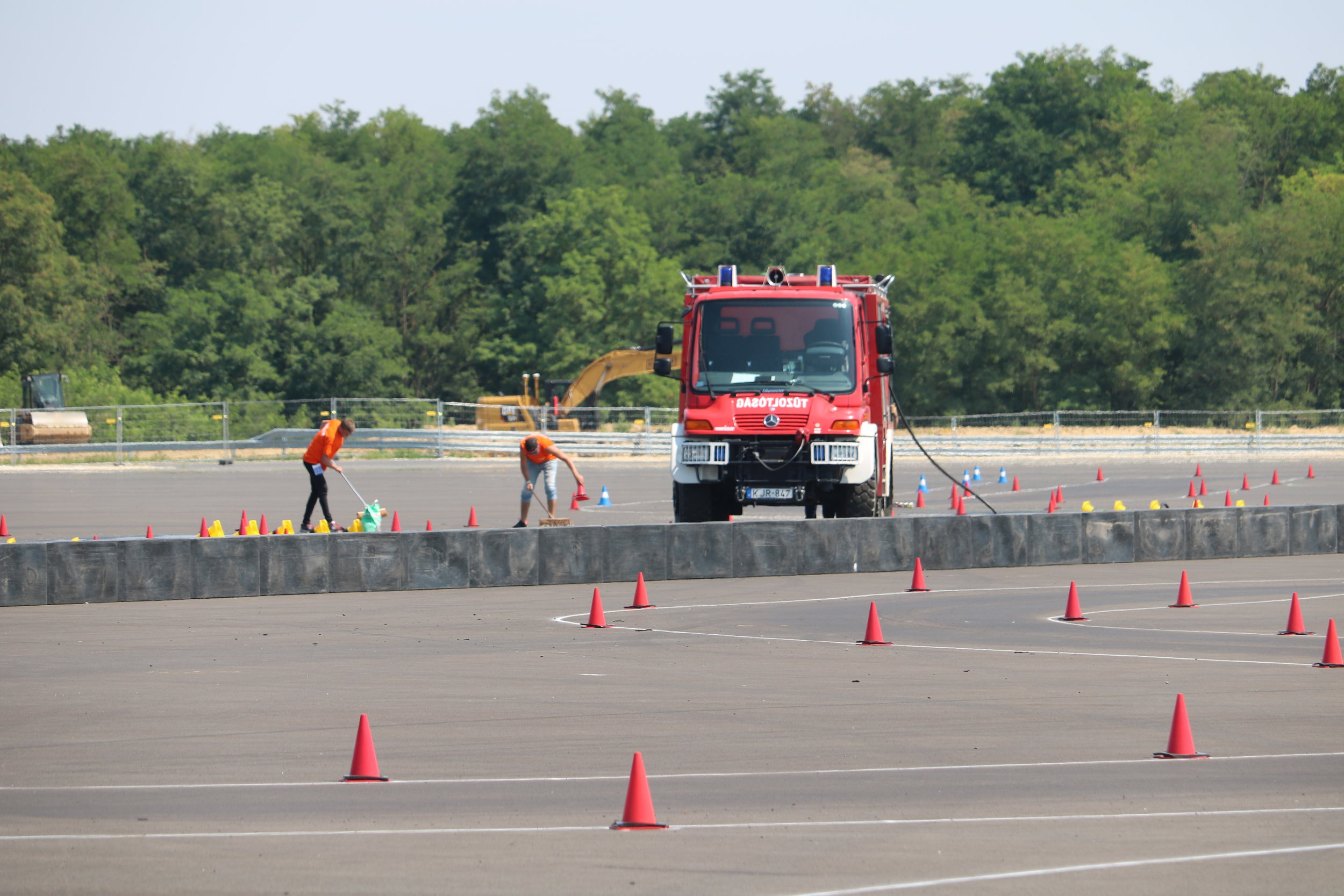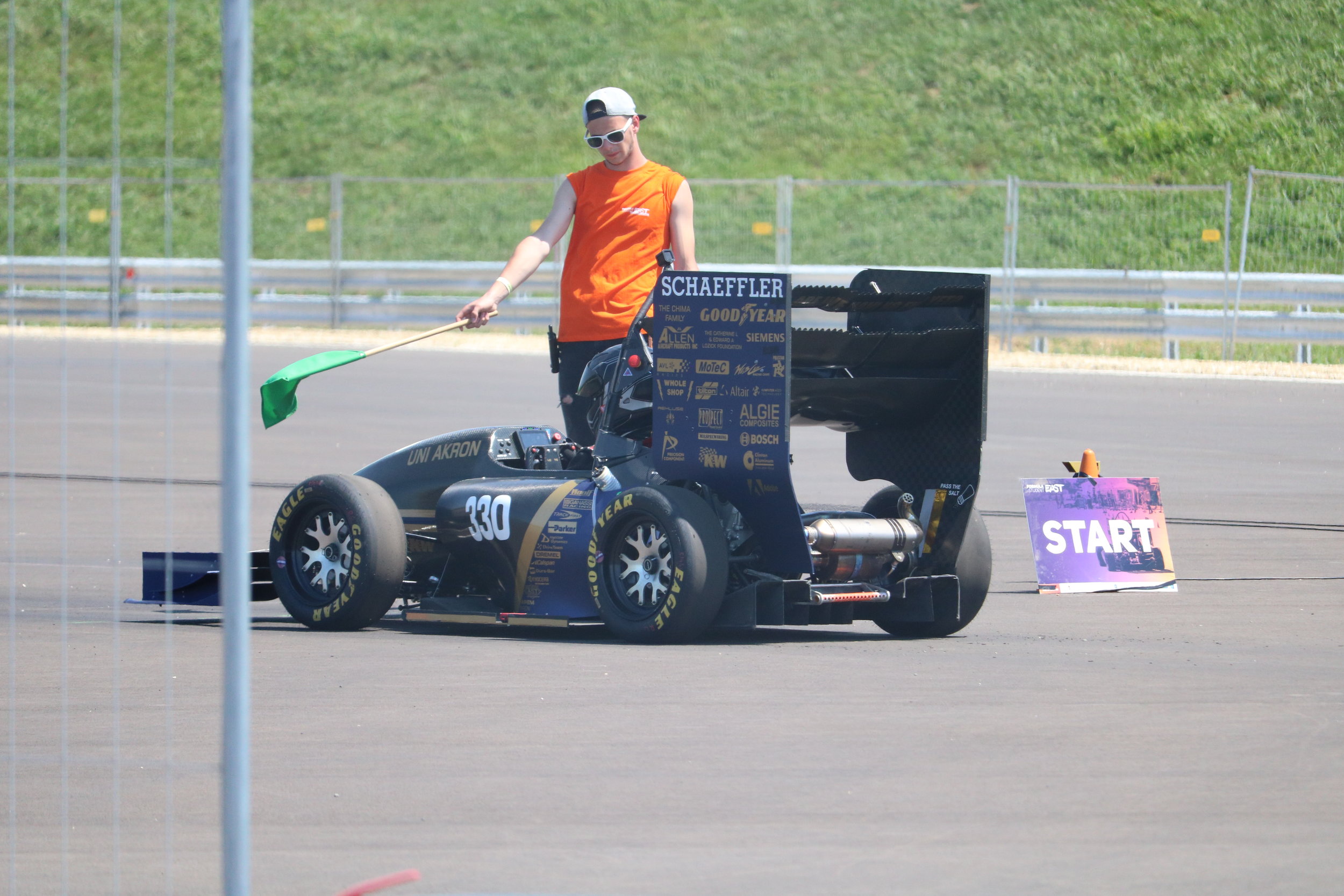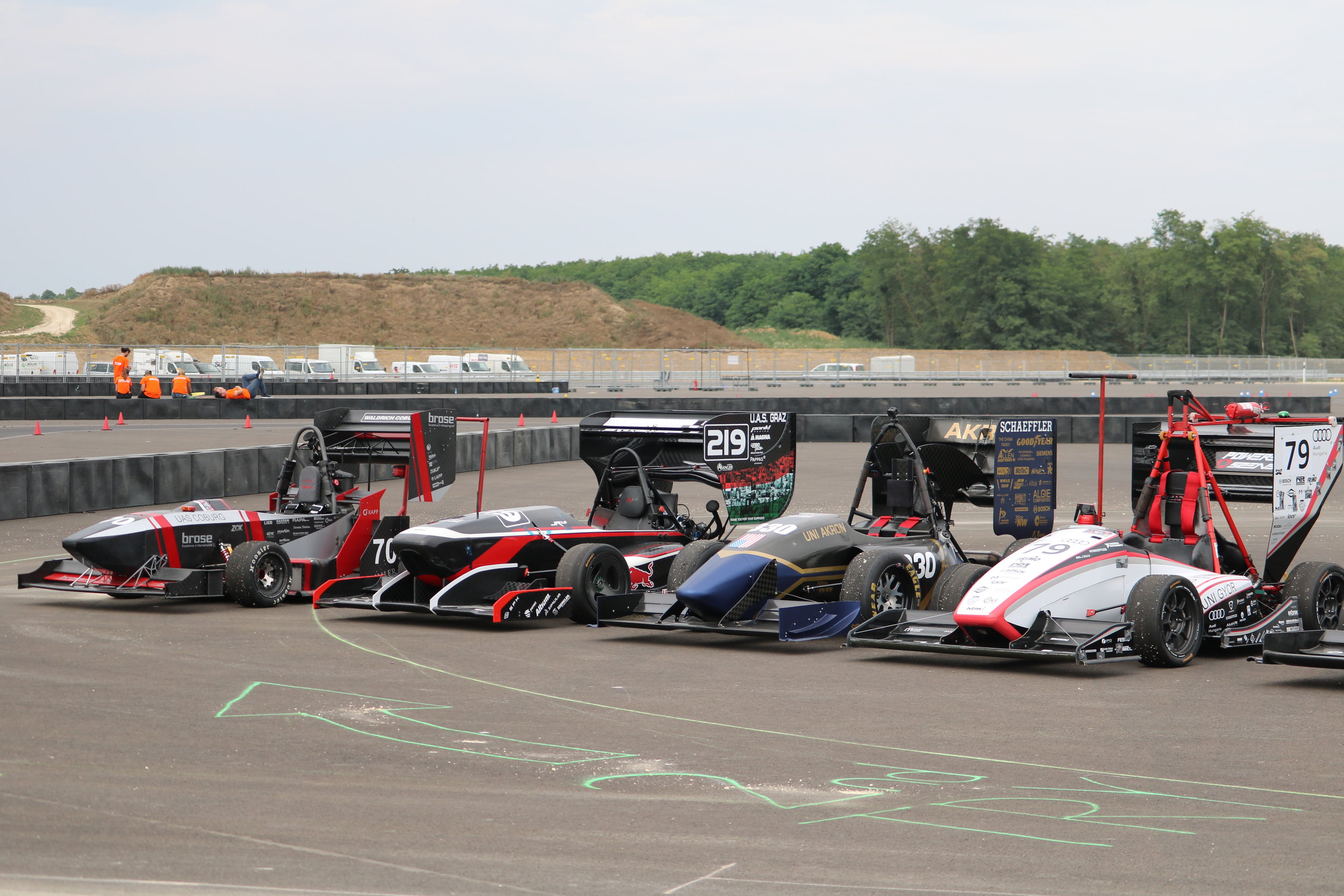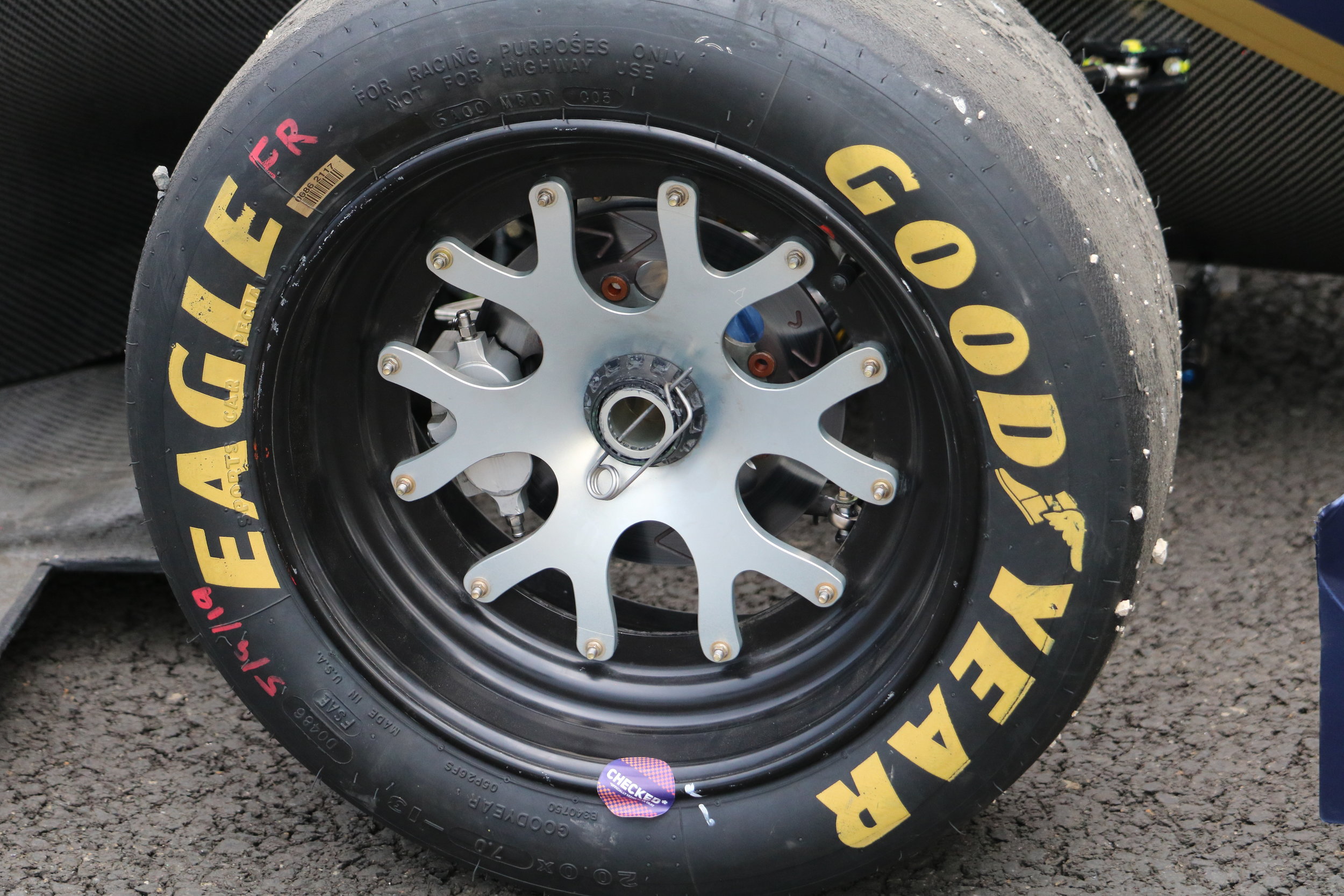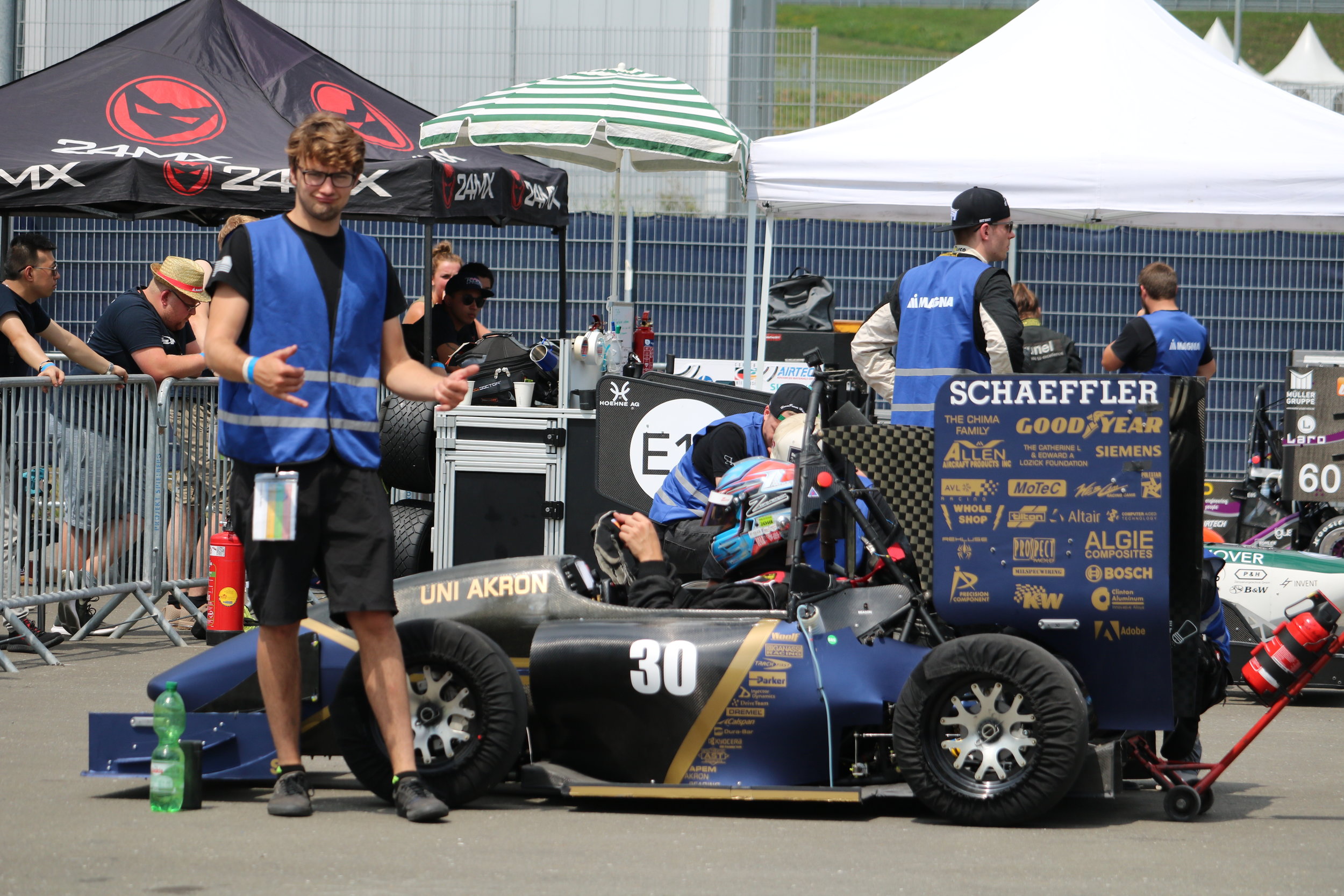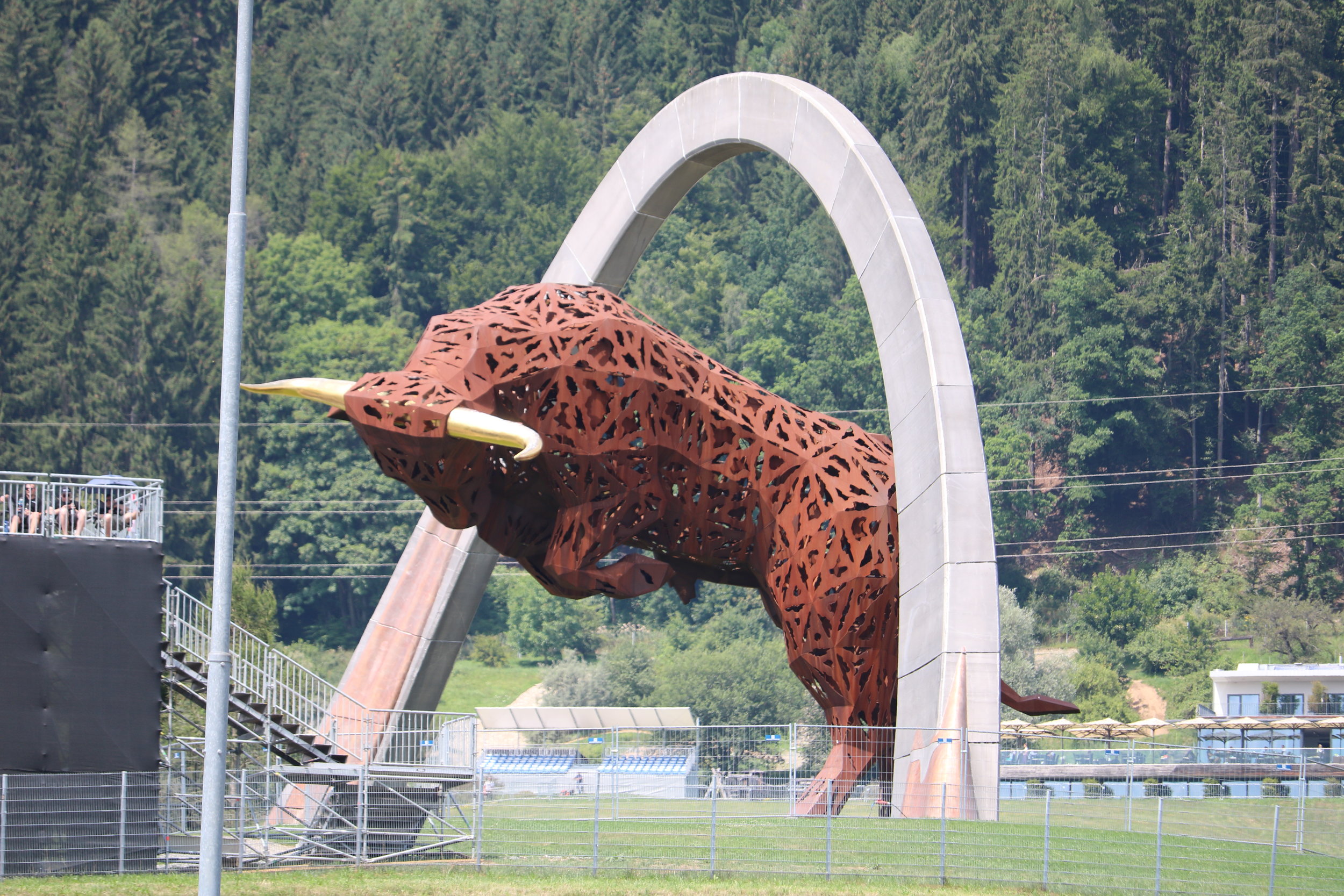Competition
What happens at the events?
The competition is separated into two categories – static and dynamic. These different categories were designed to encourage students to evaluate the entire engineering process from producing a race car to selling it.
static events
Engineering Design (150 Points) – Before arriving at the competition, teams are required to construct a Design Report outlining all outstanding technical features, specifications, and design decisions. This is used by judges to make preliminary notes to further discuss during the Engineering Design Event. During the event, judges will assess the engineering efforts that went into the design of the car. Students that have the best understanding of both fundamental vehicle concepts and logical reasoning behind their decisions win the event.
Cost Analysis (100 Points) – With a given market production of 1000 vehicles per year, students are required to outline detailed expenses that are required to build each individual car. The students deal with cost estimates from categories such as components, tooling, and labor costs. This event teaches students to consider different manufacturing techniques and processes to reduce costs in an engineering environment.
Business Presentation (75 Points) – The Business Presentation is presented by the students to a panel of judges pretending to be a fictitious group of potential investors. They must deliver a convincing marketing strategy that best meets the demands of the target racing market. The explanation must instill the trust of the investors on how the student’s company will be profitable.
dynamic events
Acceleration (100 Points) – Cars are evaluated on their ability to accelerate from a standing start over a distance of 75m.
Skidpad (75 Points) – The car’s cornering ability is tested while making constant radius turns. The cars are timed as they navigate the figure 8 shaped course.
Autocross (125 Points) – The objective is to evaluate the car’s maneuverability and handling capabilities as it navigates through a complex course full of tight corners. Drivers are also tested on their ability to adapt to new courses in only two separate timed laps. This event also determines qualifications for the Endurance event.
Endurance (275 Points) – During the endurance event, the cars must prove their reliability in a 22km race. The race demands the utmost concentration of two drivers who switch halfway through. No cars may be worked on or touched other than to make minor driver adjustments.
Fuel Economy (100 Points) – This event coincides with the Endurance event. Before beginning the Endurance event, all cars are filled with the same amount of fuel. After the race, the cars must immediately refuel, and the amount of fuel used is recorded. The fuel quantity is used in combination with lap times to calculate the car’s fuel efficiency.

